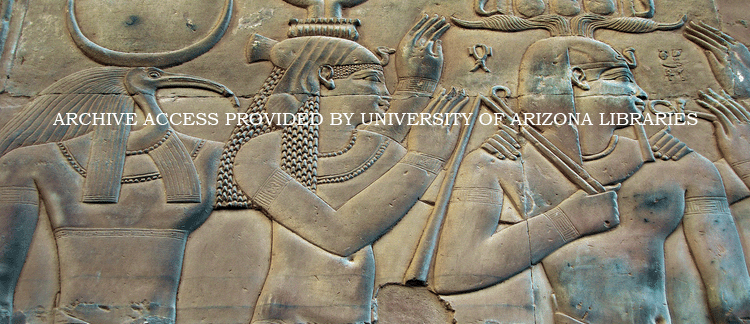Abstract
Skylines partake in the “public image,” as symbols of an urban collective. They are urban signatures that present an abbreviated image of the city’s identity. In the Minoan world skylines can be approached only indirectly: firstly, by inferring how buildings emerged in the vertical and secondly, through the depictions of architectural compounds in Minoan art. Finally, skylines are about visual entities and perception hence some of the basic principles of Gestalt theory can provide valuable tools of thought.
In a typical Aegean skyline of the prehistoric era, horizontality and soft gradations prevailed, punctuated with only a small number of vertical elements, such as the projecting tops of the main staircases leading up to the roofs and the Horns of Concecration. Moreover, people depicted on the flat roofs give proof to an inhabited skyline, in close juxtaposition to the life taking place at ground level.
How to Cite
Palyvou, C., (2015) “Skylines: Borders of Materiality, Thresholds to Heaven”, Journal of Ancient Egyptian Interconnections 7(3), 65-75. doi: https://doi.org/10.2458/azu_jaei_v07i3_palyvou
817
Views
156
Downloads
